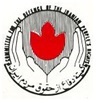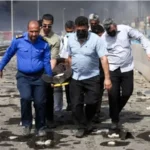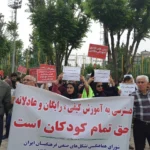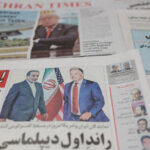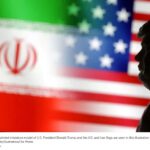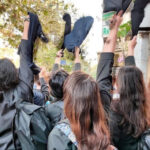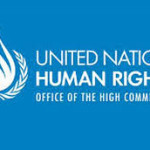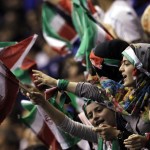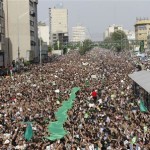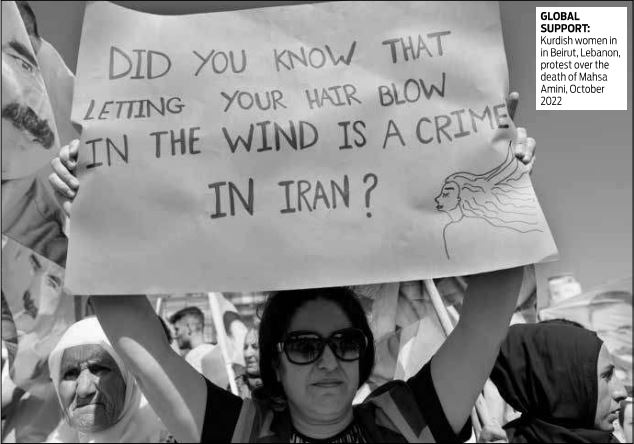
Iran’s women’s rights movement now joins widespread unrest, as pensioners, steelworkers and students unite against corruption, repression and economic mismanagement by the theocratic regime, writes STEVE BISHOP
This weekend marks the second anniversary of the murder in custody of 22 year old Iranian woman, Mahsa Amini, at the hands of the security forces of the Islamic Republic of Iran. The murder of Ms Amini gave rise to the Women, Life, Freedom movement which has swept across Iran for the past two years and challenged the orthodoxy of the theocratic dictatorship, which has gripped Iran for over forty years.
Following the death in custody of Mahsa Amini in September 2022, for allegedly not following oppressive hijab rules, protests took place across all regions in Iran. Demonstrations of opposition to the regime extended beyond the major cities and into the traditionally more conservative small towns and countryside areas. The degree of fury even outstripped that expressed following the rigged election of 2009 which handed the hardline Mahmoud Ahmadinejad the presidency and spawned the Green Movement.
The regime followed up the initial protests with a crackdown in October 2022, which saw 500 killed at the hands of the regime and over 20,000 arrested. With the approach of the first anniversary in 2023, the regime’s morality police stepped up their activities, to coincide with the dictatorship’s announcement of a fresh campaign to compel women to wear the hijab.
Iran’s mandatory hijab law, which has been in place since 1981 has been enforced through the so called ‘morality police’, a practice which has been challenged by many Iranian women. In recent years protests have escalated with some women appearing in public without the required head scarf and loose robe. Ms. Amini’s family, it must be said, dispute that their daughter was even breaking these rules.
Since 2017, when dozens of women publicly took off their headscarves in a wave of protests, the authorities adopted tougher measures. With the election of hardline President Ebrahim Raisi in 2021 enforcement increased even further and the attitude of the regime towards women in public became more repressive.

During his term in office, before his death in a helicopter crash in May this year, Raisi allocated $3.8 million to the so called, Initiative for Promotion of Virtue and Prevention of Vice, in order to increase the surveillance of female employees at government agencies. Raisi also issued a clear warning to Iranian women that the hijab law will be enforced and claimed that women opposing the hijab were a “minority being trained by foreigners” with the objective of undermining the Iranian government.
The election in July 2024 of so-called reformist President Mahmoud Pezeshkian, on a promise of greater flexibility in attitudes, is likely to see any campaign promises stifled by the conservative clergy who continue to dictate the rules in Iran.
The focus of the Iranian government upon the issue of ‘hijab removal’ is widely seen as an attempt by the regime to deflect attention away from the ongoing crises which continues to grip the country. While the focus of international media has been upon women protesting the hijab laws general discontent amongst the working class, youth and students has been reflected in an ongoing wave of industrial disputes which have hit key sectors of the economy as well as the public sector.
The level of discontent in Iran can be measured in part by the wide range of strike action which is affecting all parts of the economy. Protests and strikes directed against the government by steelworkers, nurses and retirees are continuing across Iran, citing plunging living standards, government corruption and state oppression as the main areas of concern.
Over the last six years, there have been many labour strikes in Iran. In the last year alone, there were around 1200 sustained workers strikes across the country. There were popular uprisings in late 2017 going into early 2018 and then again in November 2019, which had the people’s material and economic demands at their centre.
Most recently pensioners have been publicly protesting about the shortfall in pension payments and government mismanagement of pension funds. Even official government reports indicate that 17 out of the 18 pension funds in Iran are either bankrupt or teetering on the very brink of becoming so. In addition, a recent report from the Islamic Republic’s Labour Ministry revealed a huge increase in the rate of poverty in Iran, rising by 50 percent in 2021 compared to the year before.
The position for Iranian workers is further exacerbated by the state of the economy. According to the government-run website, IRNA, inflation has risen to 250 percent in the past two years, massively impoverishing workers. Iran’s economic problems have been made worse by the ongoing sanctions imposed by the United States. In addition. Iran is increasingly in danger of being drawn into wider regional conflicts, not least the continuing Israeli genocide in Gaza.
While the clergy continue to maintain an iron grip on the politics of Iran the wave of protests that have swept the nation have made an impact. The Woman, Life, Freedom movement has brought about an end to the myth of the regime’s invincibility. The bold crossing of red lines such as that of the mandatory hijab and rejection of its imposition, one of the central and visible tenets of the Islamic Republic since its inception, is a huge challenge to the regime.
The continued resistance of workers to the ongoing crises in Iran, reflected in Iranians struggling due to the mismanagement of the economy, endemic corruption within the ruling clergy and the ongoing sanctions faced by the regime, are significant achievements that have not only served to transform the political climate of the country, but also created serious dilemmas and rifts within the ranks of the ruling regime.
These actions all serve to underline the reality that the regime is continuously entangled in various crises of economic and political legitimacy, lurching from one such crisis to another. Its default recourse to brutal repression of the popular protests, and the intensification of that repression, is the only viable way in which the regime sees that it can continue. The arrest of thousands of street protesters and the killing of hundreds of them, as well as the torture and execution of countless women, men and youth, in a desperate attempt to calm the situation, is the regime’s response to try and save itself from the crisis.
It is also important to note that with each new crisis, the task of the regime’s security apparatus to suppress the popular unrest becomes more difficult than before.
The second anniversary of the tragic death of Mahsa Amini should be an occasion to redouble efforts across the Labour and trade union movement to stand in solidarity with the women, youth and workers of Iran, in their struggle for peace, democracy and social justice.
■ Steve Bishop is a senior executive member of the Committee for Defence of the Iranian People’s Rights (CODIR). For more news and analysis on Iran please visit www.codir.net


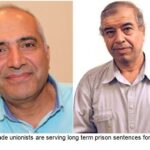
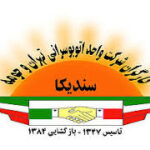


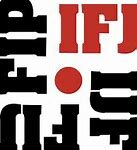




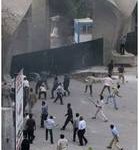
 Posted in
Posted in 